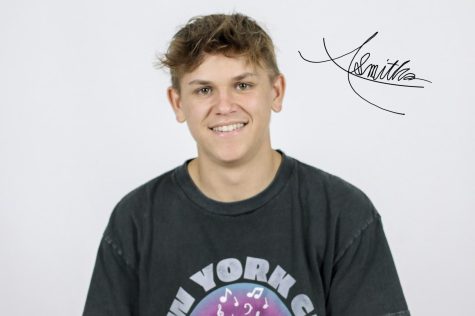The lights flash and soften as the overture fills Meyer Hall. As the red velvet curtain rises, the stage fills with actors wearing brightly colored garments.
For this year’s spring performance, the theatre department chose the Tony Award-winning musical “Pippin,” the tale of a young prince and his quest to find self-fulfillment, depicted by actors in a fictional theatre troupe, resulting in a play within a play.
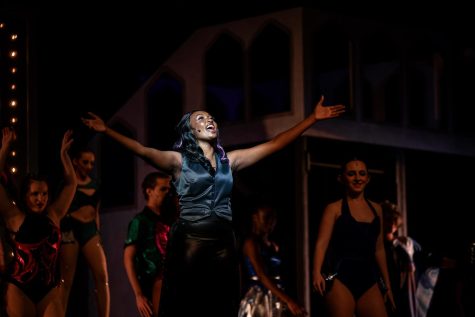
Unlike the majority of Meyer Hall performances, the set of “Pippin” is visually sparse to the unassuming viewer, with only a ring of lights surrounding a curtain upstage, a balcony on stage left and an elevated area on stage right. However, behind the scenes, the crew and cast members work together with the use of props, additional set pieces, and silhouettes on two massive curtains to make the stage come alive.
“Pippin,” featuring a cast of over 30 students, “relies heavily on the combination of a strong ensemble and a powerful cast of leading players” according to writer and producer Stephen Schwartz.
Originally produced in 1972, the majority of the play’s unique style and dance numbers were inspired by “theater visionary” and director Bob Fosse, who created the “Manson Trio,” a dance break featured in the play centering around the Lead Player — wearing a hat and holding a cane — and a “key characteristic” of any production of “Pippin,” according to the Denver Center for the Performing Arts.
“My favorite part of the entire show is the Manson Dance,” theatre senior Brandi Quigley, who plays Pippin’s love interest Catherine, said. “I watch every single time (from the wings), and I always find something different about it.”
Throughout the play, Leading Player (theatre senior Gabriela Carr) guides the title character Pippin, portrayed by theatre senior Mason Materdomini, to try different roles and activities in the search for Pippin to no longer feel “empty and vacant.”
However, what differentiates this storyline from that of most self-discovery stories is the fact that audience members are not merely spectators, but part of the show themselves.
“The constant interaction between the audience and the performers is definitely my favorite part of the show,” Materdomini said. “The breaking of the fourth wall within the show really creates an intimate space relating to the audience and giving them a place in the story.”

This is present early in the show with some of the first words in the play from the Leading Player, inviting the audience to their show. Later, the cast comes into the audience to welcome them, throw beach balls, and present lanterns to those in the aisles.
Throughout theatrical history, involving the audience has evolved from pulling an unwilling spectator on stage for a gag to a widely developed art that protects the production’s integrity while making the audience feel valuable. However, this is not the first time that a Dreyfoos theatre production has broken the fourth wall. The theatre department’s 2021 fall performance of the “The 25th Annual Putnam County Spelling Bee” incorporated audience interaction further, inviting four viewers in the Brandt Black Box Theater on stage to participate in the bee itself.
What creates the “intimate” feeling mentioned by Materdomini is the dramatic and surprising ending of the play, foreshadowed throughout the production.
At key moments of the play (that earned laughter from the crowd), theatre senior Juan Rivera ran on stage carrying a large torch, slid towards the Leading Player, and asked if it was time yet for the “big finish.” The ending, as foreshadowed by the Leading Character, is the “climax” of the play that the audience “will never forget.” Carr’s Leading Player delivers a monologue in which she orders the lights turned off, the actors to leave, and the audience to go home, all in complete silence.
“I think the fact that the fourth wall is almost extended past the audience is one of the main reasons why the ending is so shocking because the audience feels that they are actually playing a large part in the telling of the story,” dramaturge and theatre junior Gabriele Pettener said.
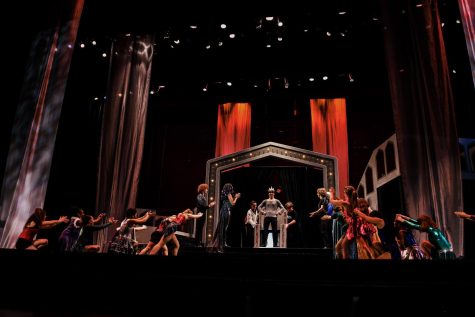
Beyond the effect on the audience, the nature of “Pippin’s” plot and style also plays an important role in dictating how the actors portray their role, as explained by theatre sophomore and player in “Pippin” Brody Marcus.
“You have to establish a character outside of your specific role, as if you are that character playing that role,” Marcus said. “It definitely doubles the amount of character work that you have to dig into, but it’s a lot of fun.”
As the curtain fell for its final time, after a standing ovation from a hollering audience filled with members of the Dreyfoos community, another show of “Pippin” was complete.“‘Pippin’ is less a story of a fantasy realm that is apart from our reality and more a story in which you (the audience) are brought into this reality with the actors,” co-prop master and theatre senior Alexandra Tenn Yuk. “So many pieces and people have just come together to make it so amazing, and I think that it shows.”





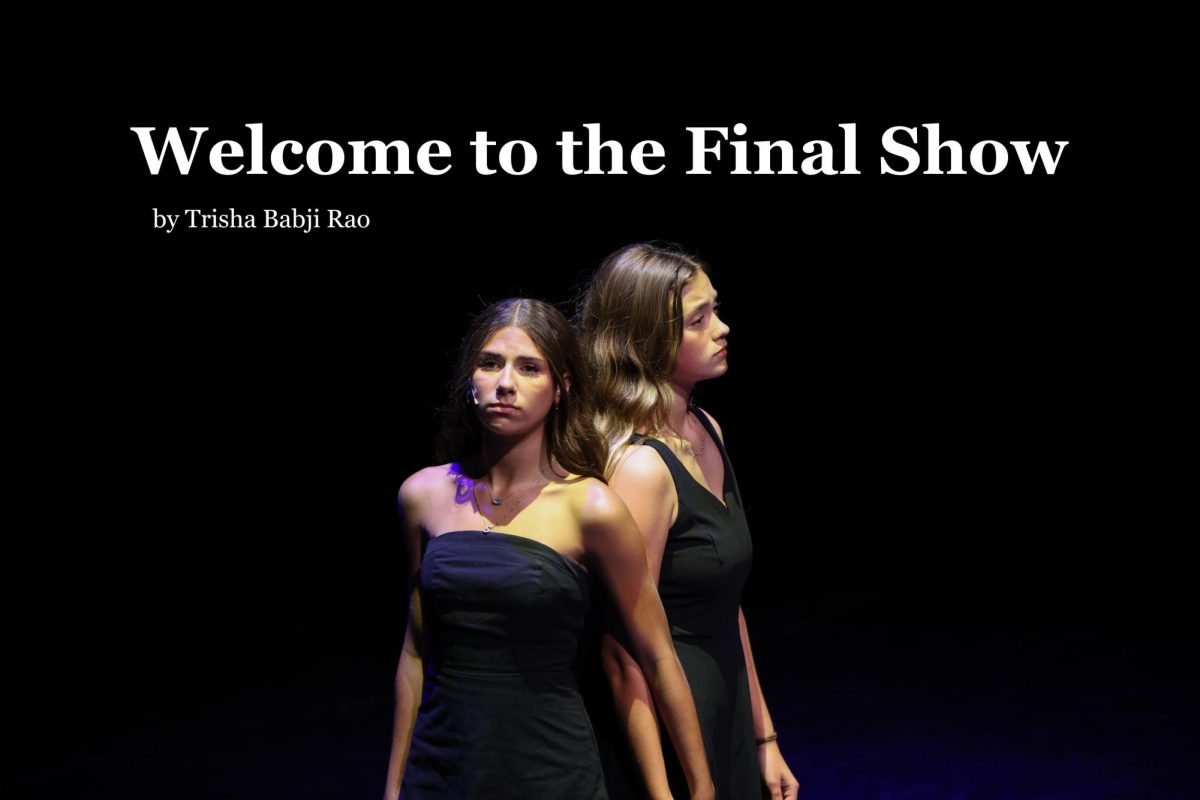
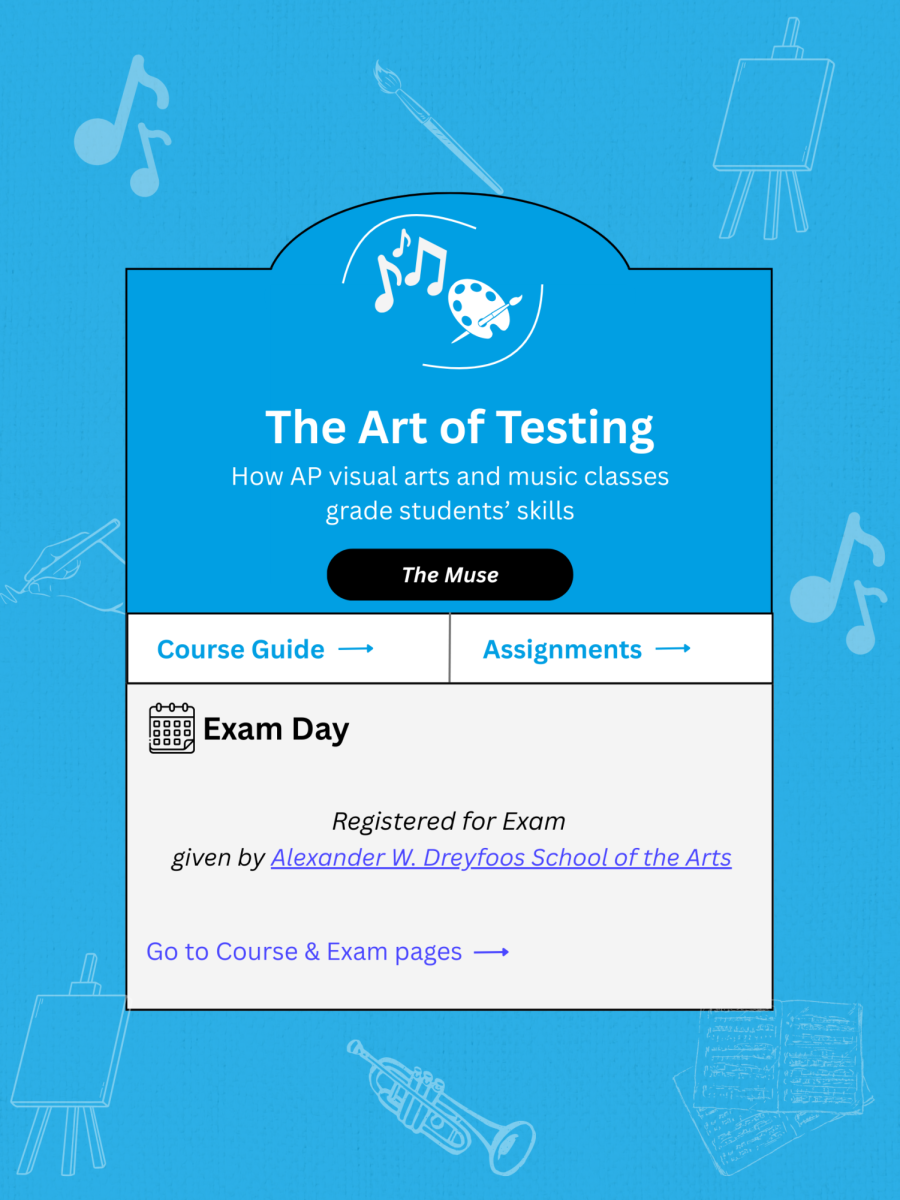
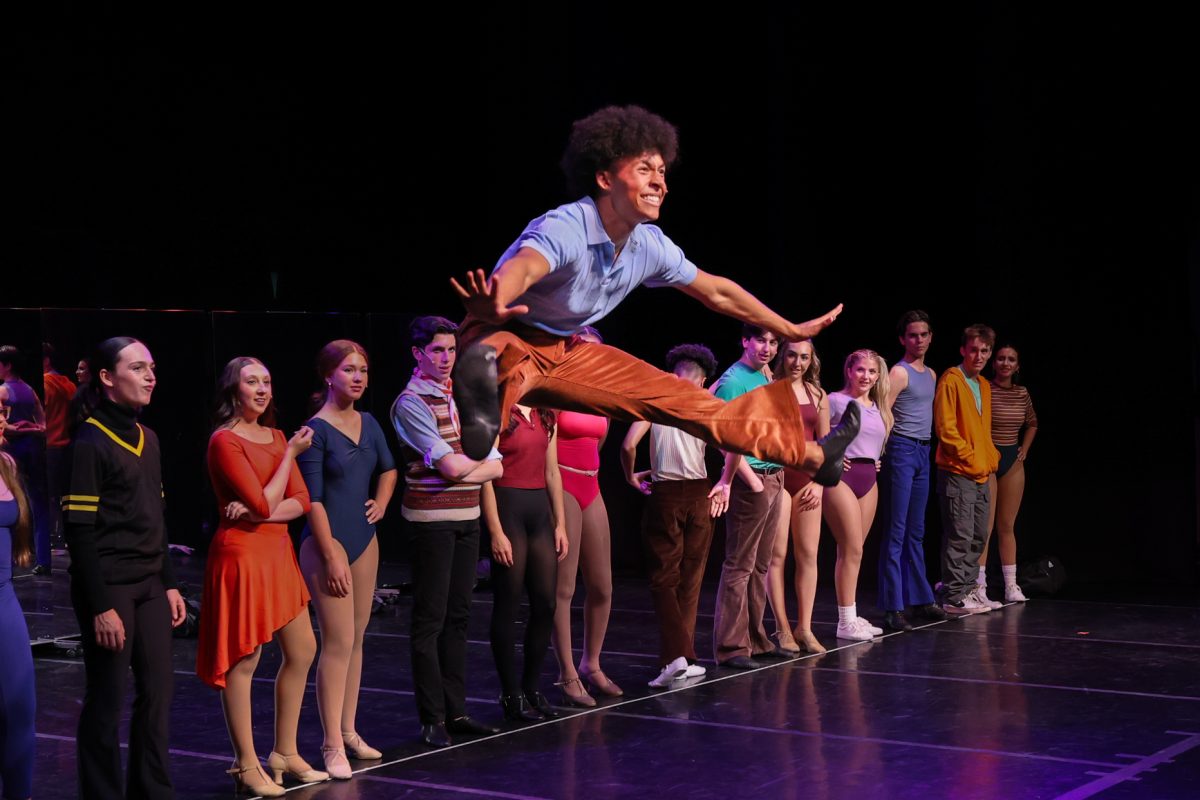
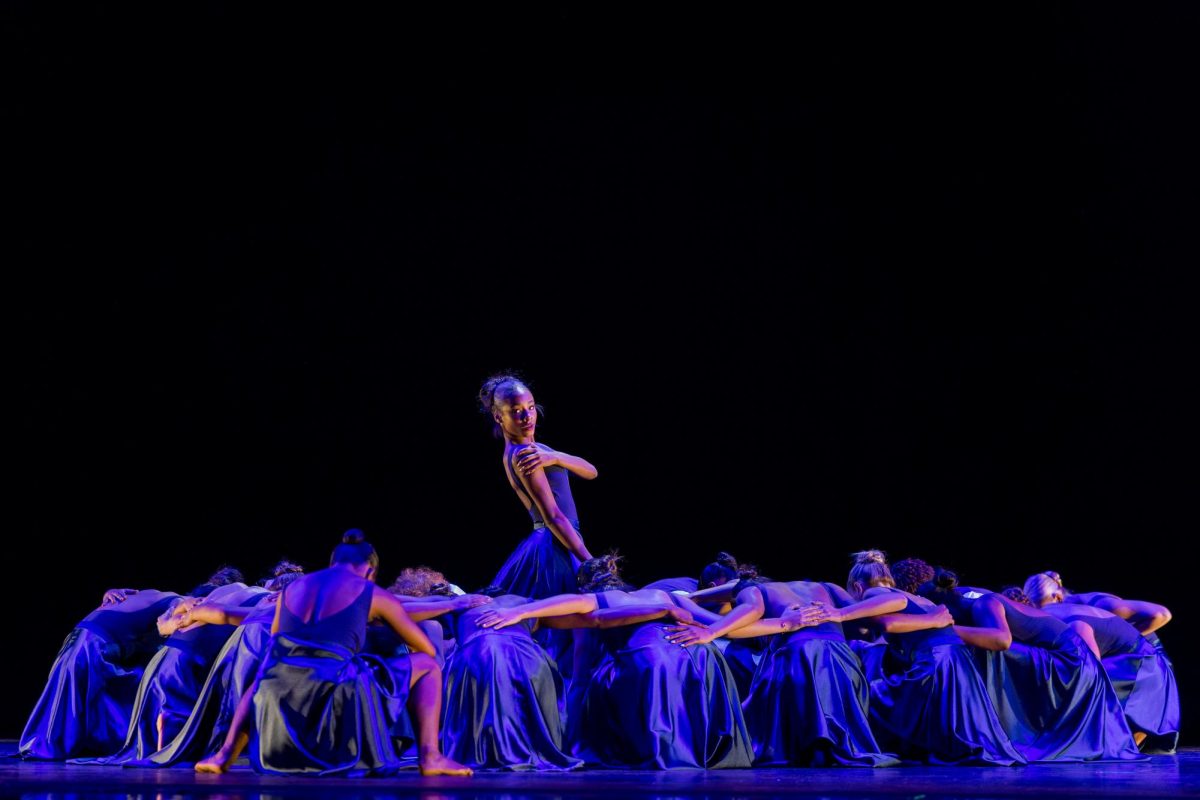

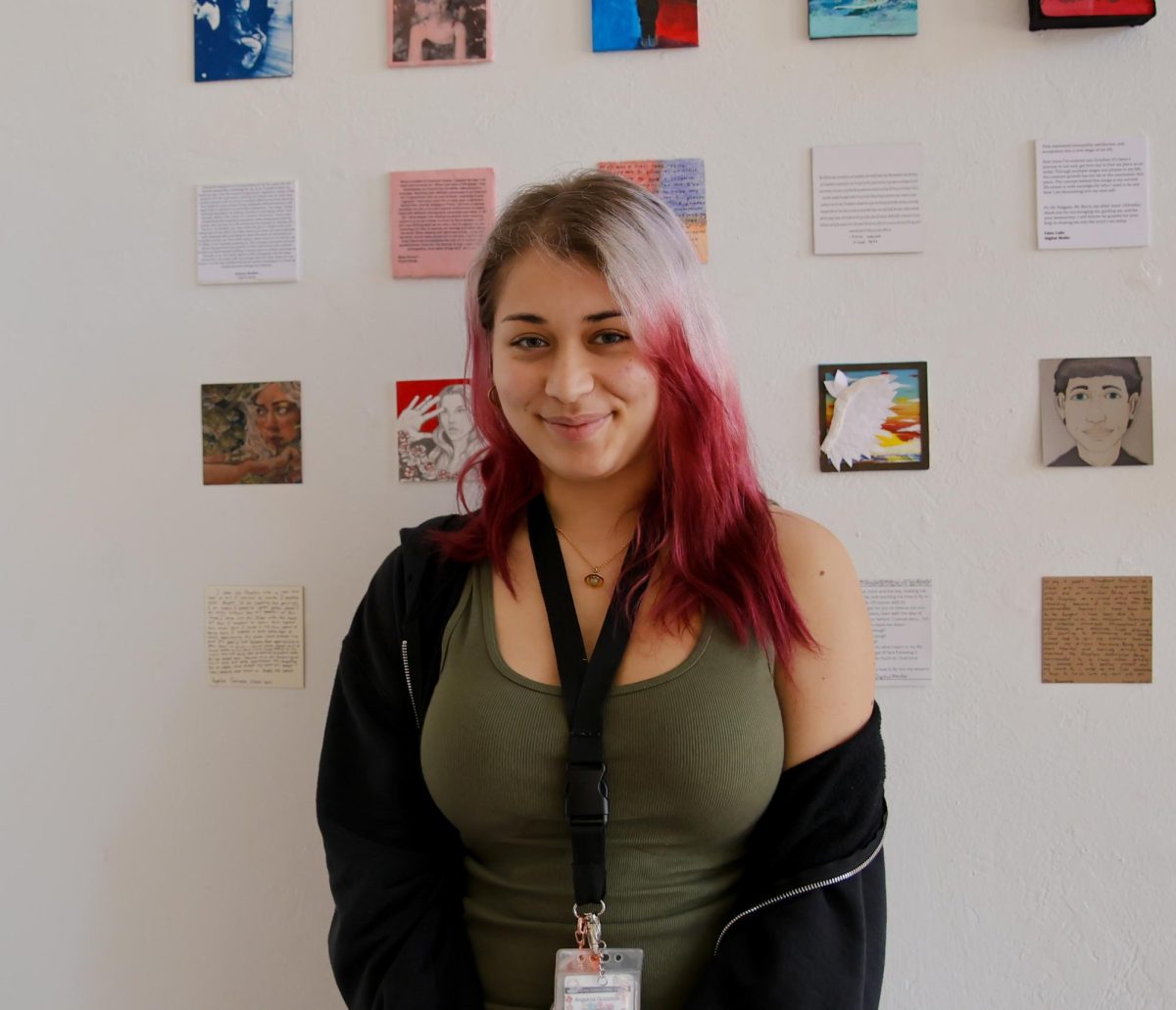
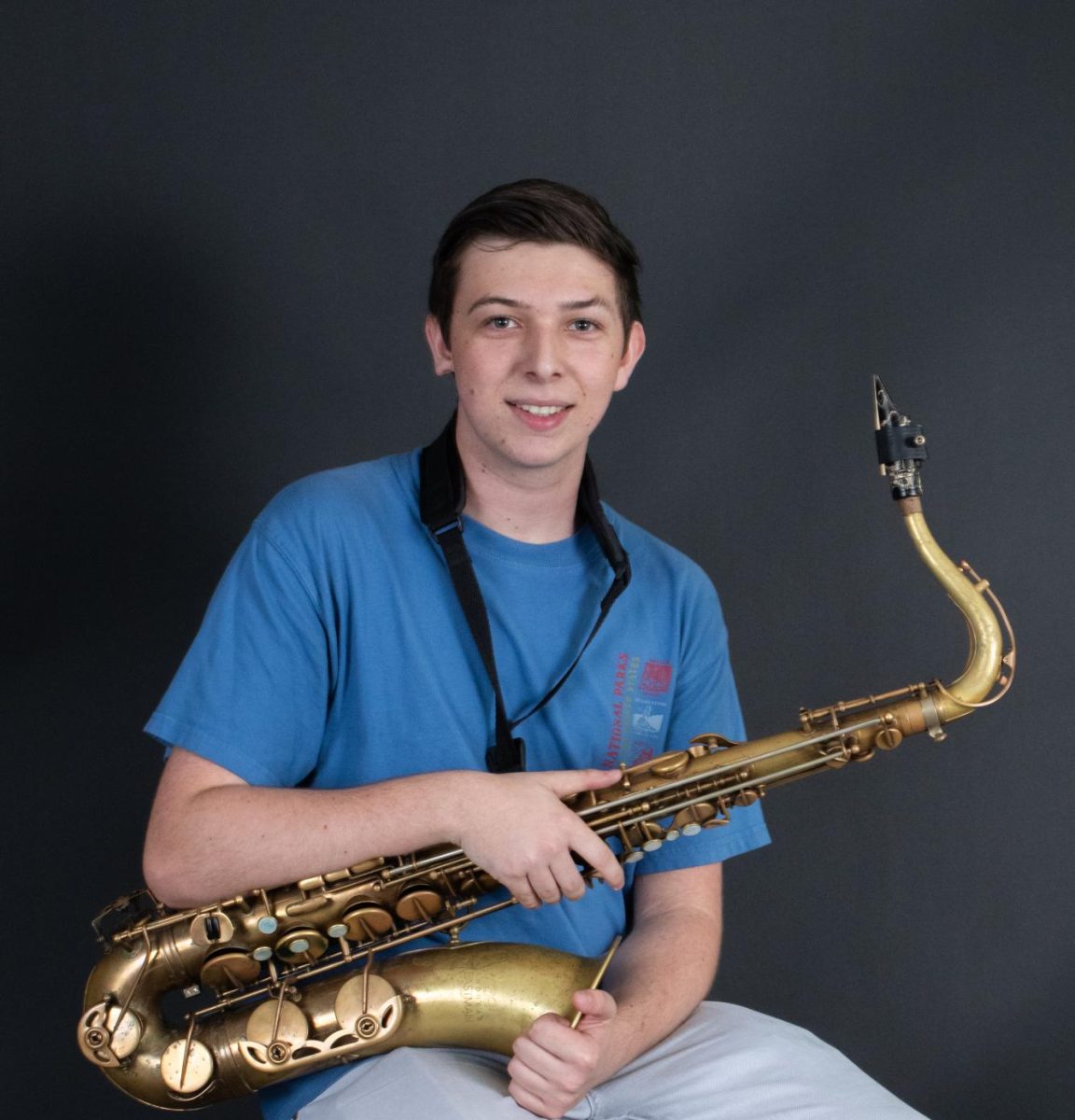

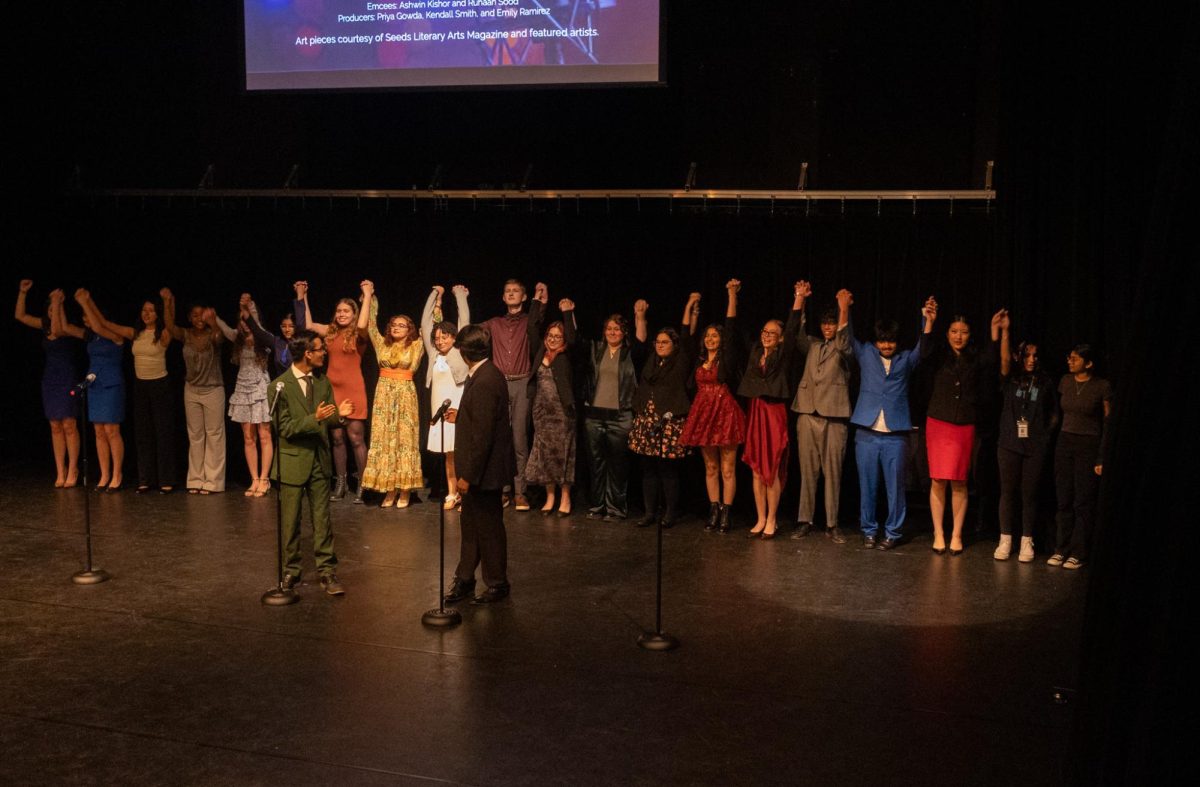
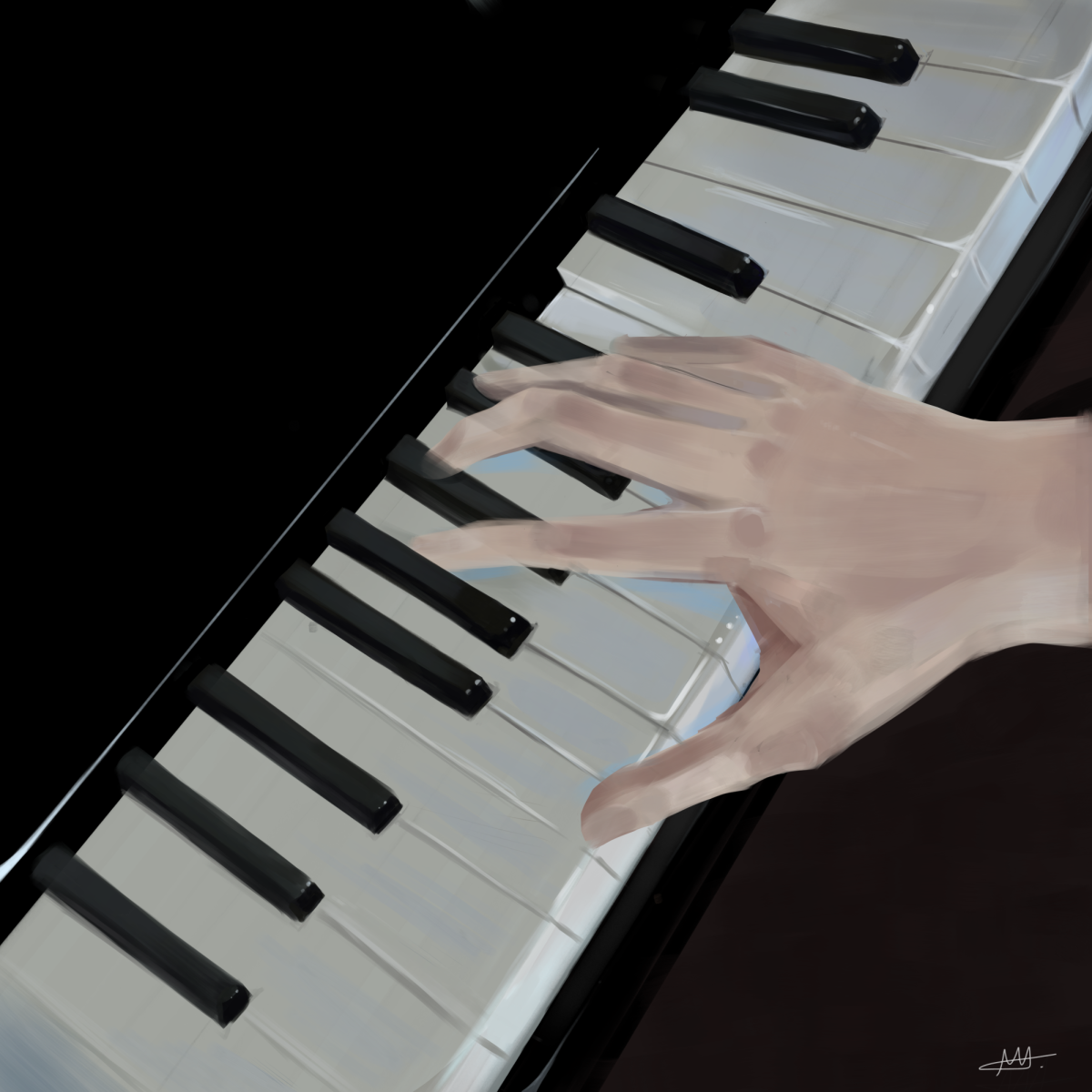



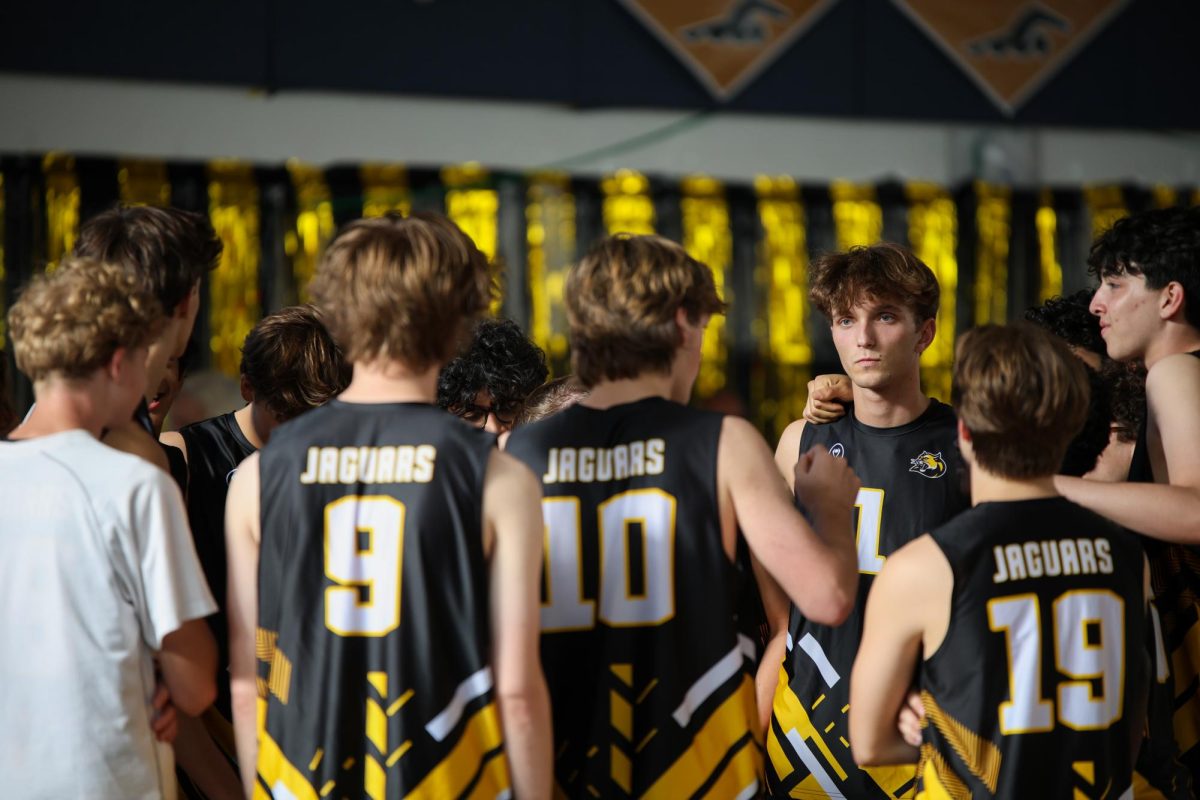
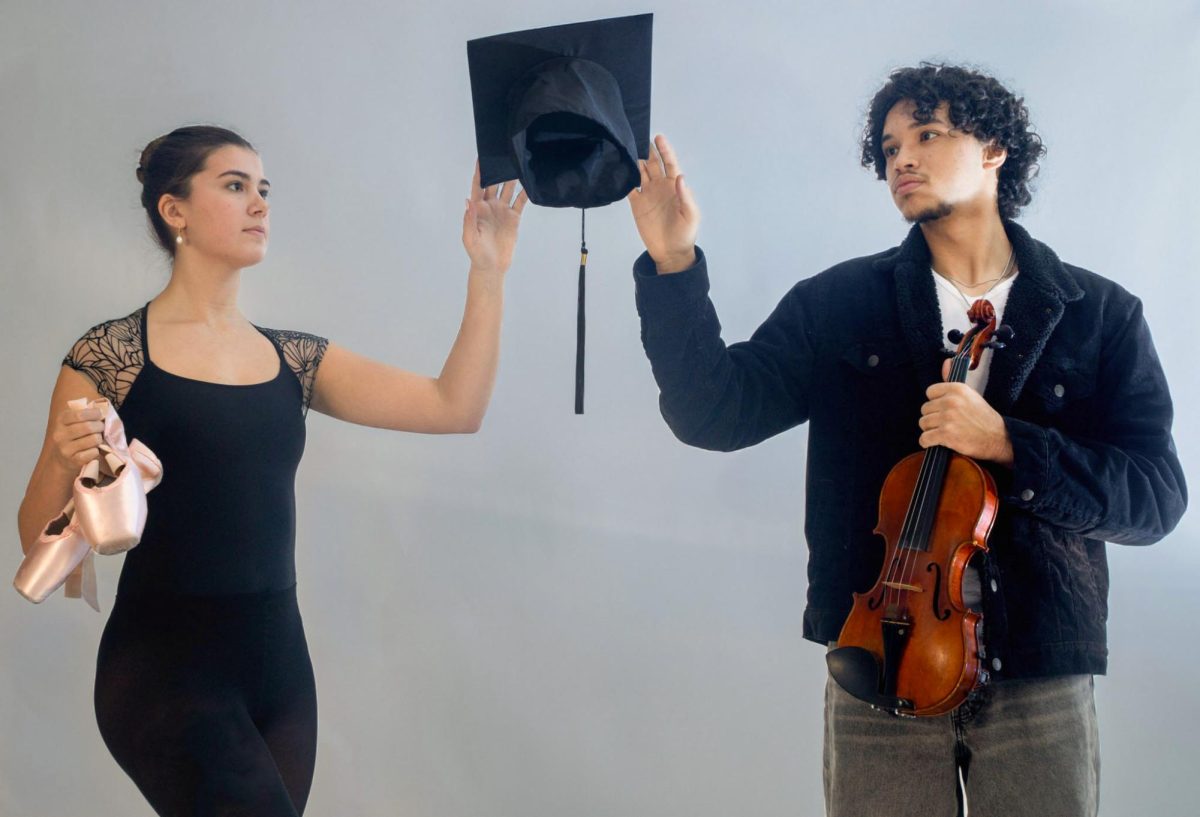
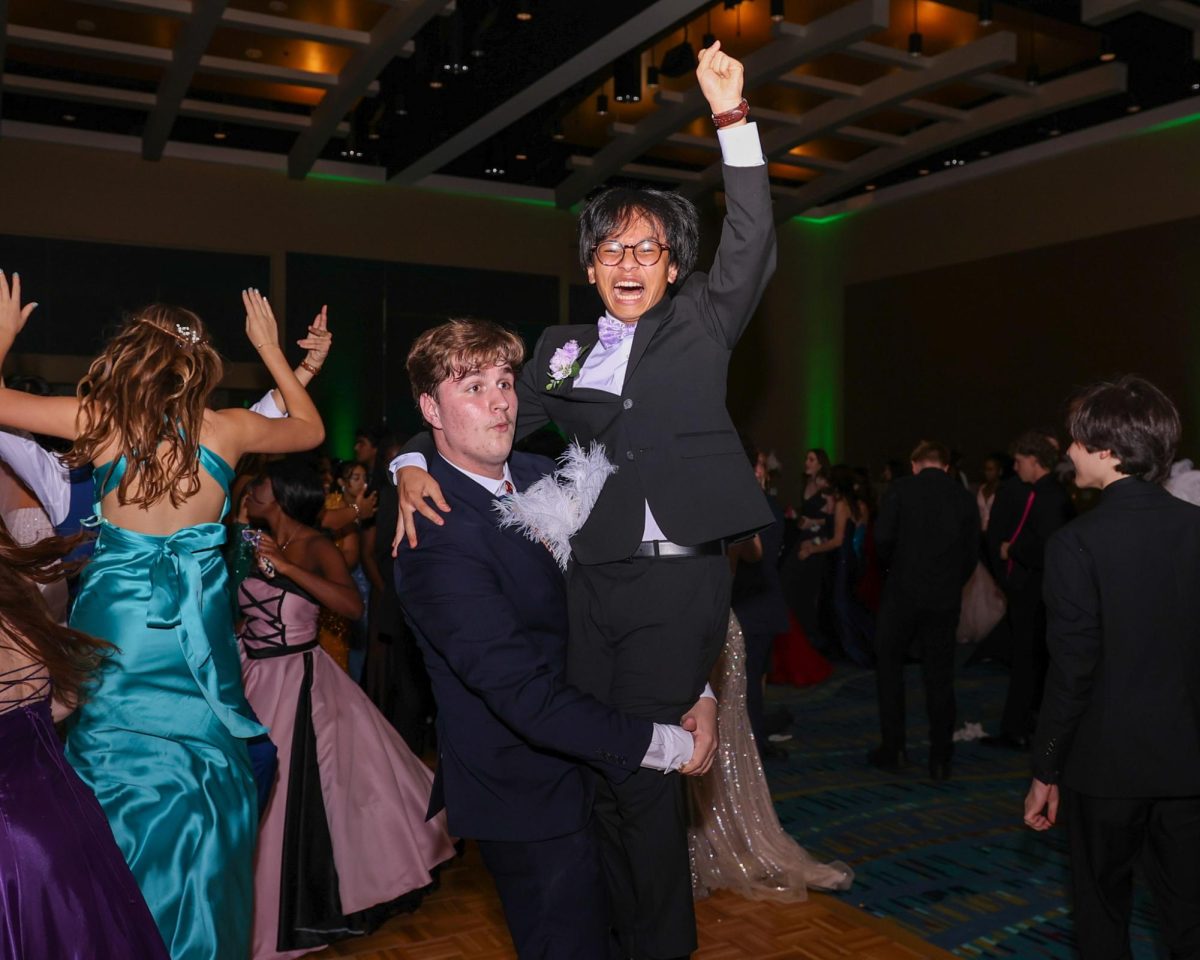

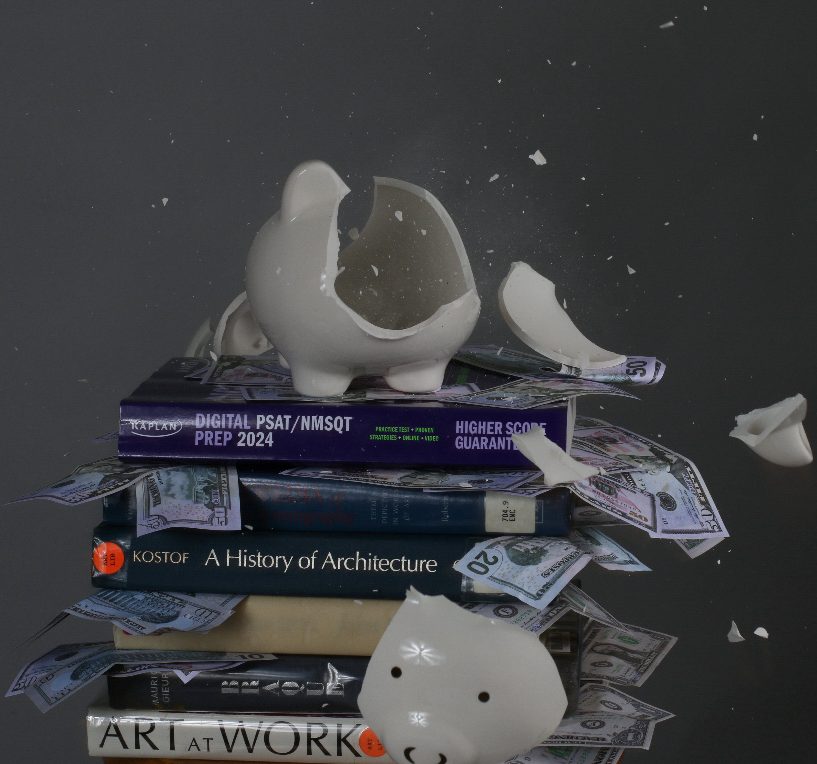

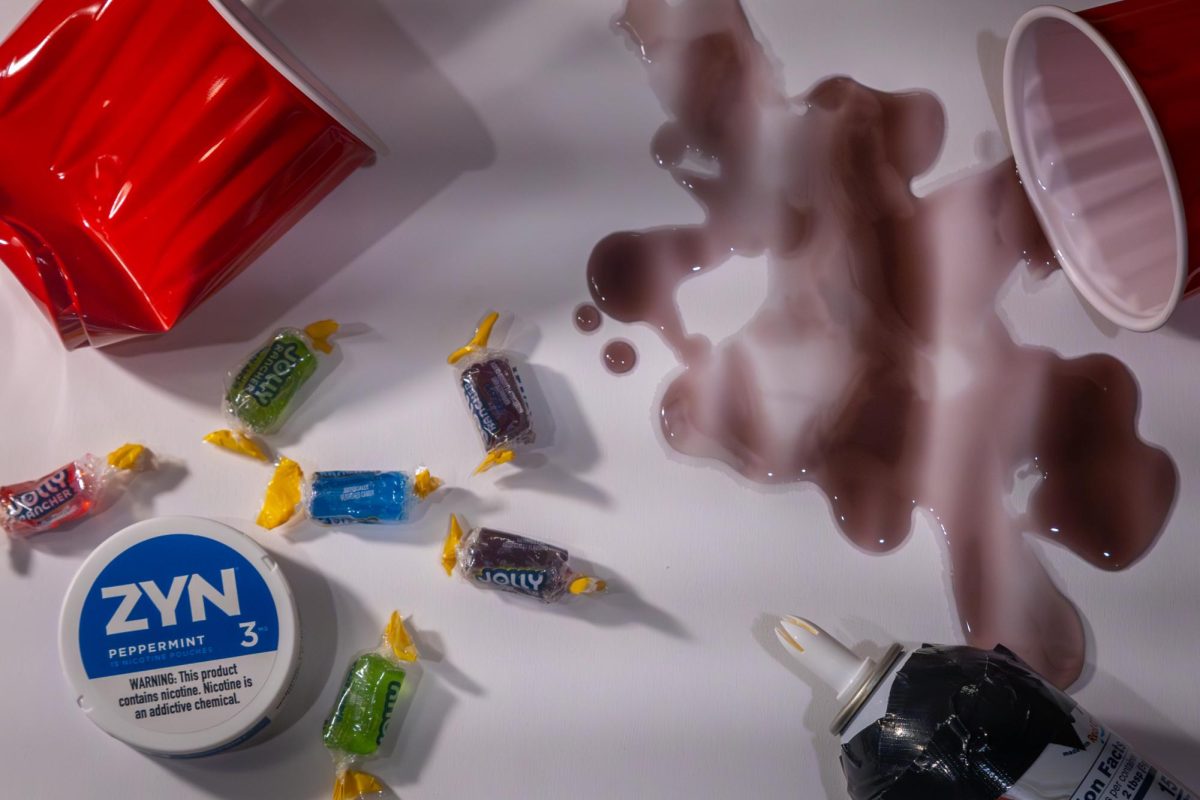
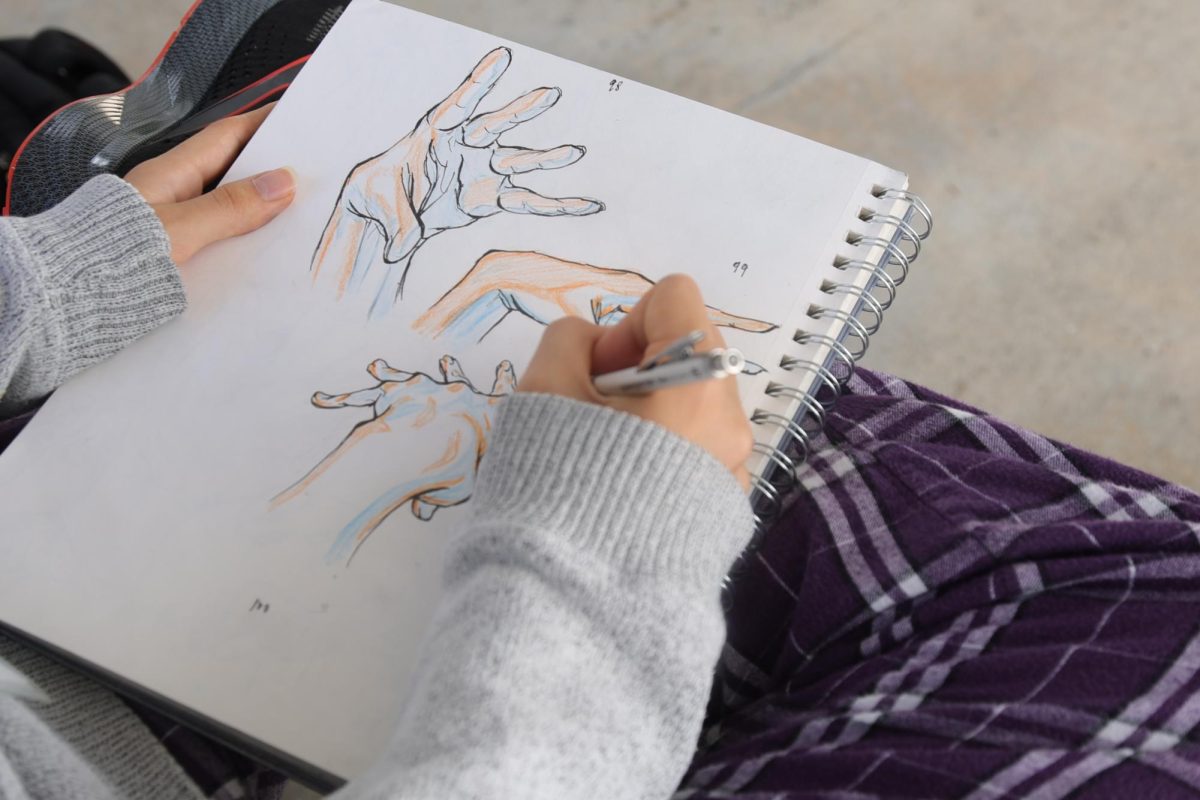




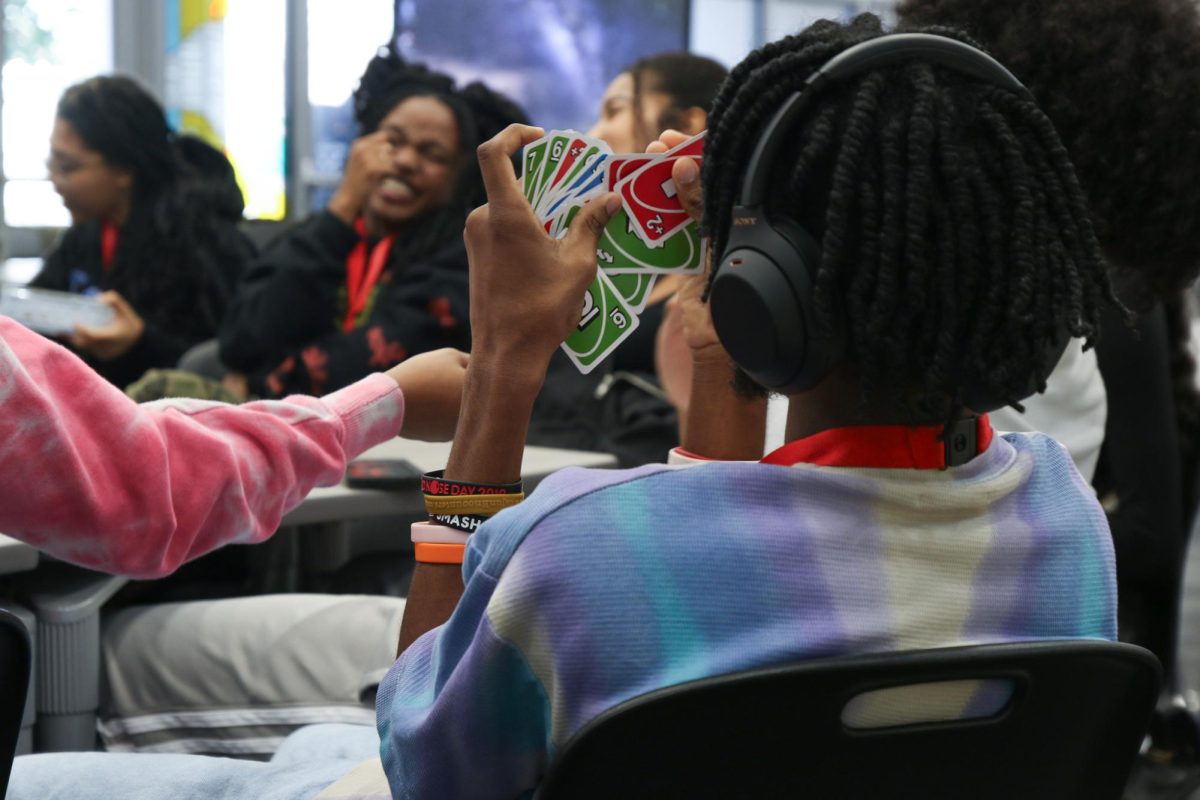



![[BRIEF] Class of 2024 Top 20](https://www.themuseatdreyfoos.com/wp-content/uploads/2023/10/breaking-news-1200x927.png)
